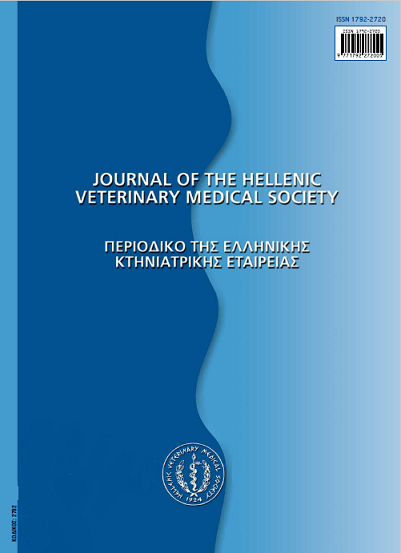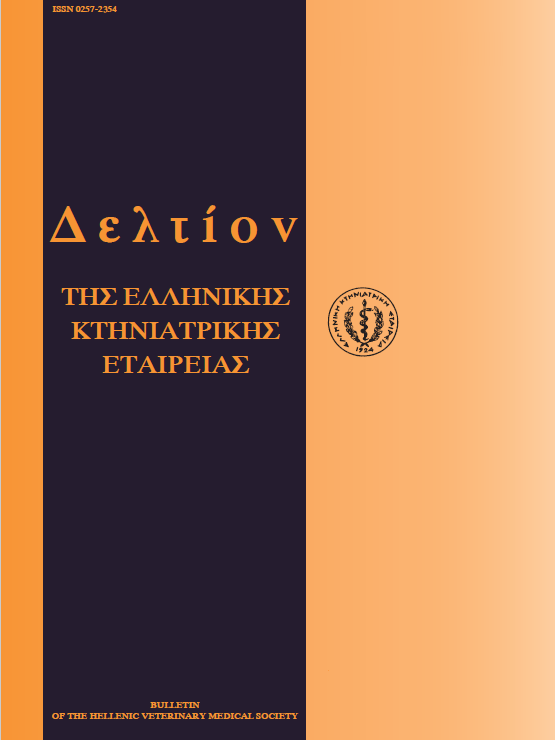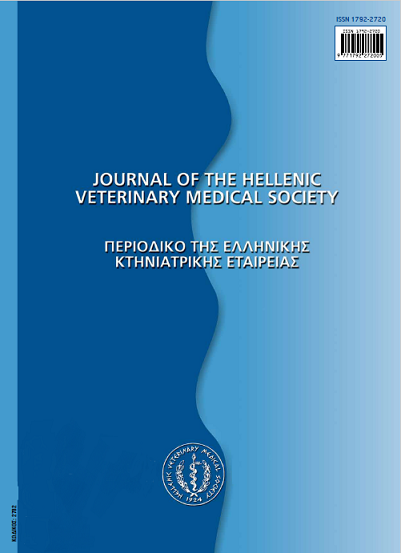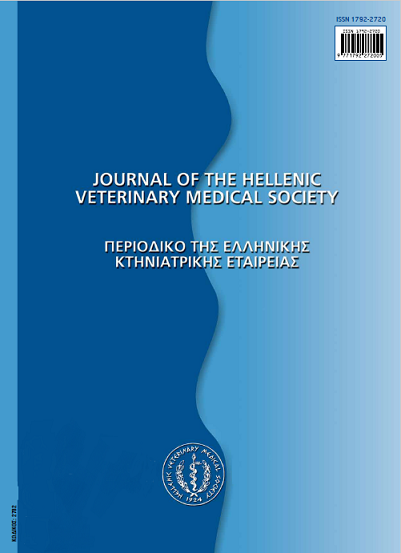Study of the biological cycle of the isopod Ceratothoa oestroides, Risso, 1836 in sea bream (Sparus aurata) and sea bass (Dicentrarchus labrax)

Abstract
The aim of the present study was the investigation of the biological cycle of the isopod parasite Ceratothoa oestroides (Risso, 1836), the way of installation in the host and the study of its pathology in young individuals of gilthead sea bream {Sparus aurata) and sea bass {Dicentrarchus labrax) raised in experimental aquariums. During the experiment, initially, 10 sea bass of marketable size (300-400gr) were collected infected with lice from the region of Chios and Epidavros. The lice were mature and gravid. The adults and their hosts were kept in 151t aquariums, with constant water of 32-33%c salinity at temperature of 21-22° C, until they would give both to young parasites. The time that parasites stayed in aquarium was three months. After three months, new hatched larvae appeared. The pulii II stage, which was responsible for the most alterations that were observed in the fish and particular in sea bass, were observed in the first week, after the hatching. In this stage, parasites swam freely in the surface of water column. At this phase, 100 parasites were transported in 2 different aquariums with the same conditions of salinity and temperature as in the first aquarium, where young uninfected individuals (3-5 gr) of gilthead sea bream {Sparus aurata) and sea bass {Dicentrarchus labrax) were placed. The number of the uninfected, healthy fish was 40 individuals per aquarium. During the duration of experiment four weekly samplings of five individuals per sample were performed and these underwent a macroscopical, parasitological and histopathological examination. In addition, the mortalities that existed and the final luck of parasites afterwards the death of their hosts were recorded. From the results, we concluded that pulii II stage caused serious lesions and eventually the death of mainly young fish, gilthead sea bream {Sparus aurata) and sea bass {Dicentrarchus labrax). The process from the moment of "invasion" of young parasites until their final installation in the buccal cavity lasted around 2 hours. In one week, all the isopods were installed in the buccal cavity of young gilthead sea bream {Sparus aurata) and sea bass {Dicentrarchus labrax). During the second week, the first symptoms of fish appeared. The infected fish swam fast and rubbed their body against the aquarium surface in order to remove the parasites. In the sea bass {Dicentrarchus labrax), with the appearance of first symptoms, the biggest rate of mortality (56,25%) followed, while in the gilthead sea bream {Sparus aurata), the biggest rate of mortality (52%) was observed in the third week. With regard to the luck of the young parasites that remained without host it was observed that they swam for 48 hours, then fell in the bottom of aquarium and after 24 hours the first mortalities started. The adult parasites, that gave the young pulii II after 24 hours, were dead in the bottom of aquarium.
Article Details
- How to Cite
-
VAGIANOU (ΣΤ. ΒΑΓΙΑΝΟΥ) S., BITCHAVA (Κ. ΜΠΙΤΧΑΒΑ) C., YAGNISI (Μ. ΓΙΑΓΝΙΣΗ) M., & ATHANASSOPOULOU (Φ. ΑΘΑΝΑΣΟΠΟΥΛΟΥ) F. (2017). Study of the biological cycle of the isopod Ceratothoa oestroides, Risso, 1836 in sea bream (Sparus aurata) and sea bass (Dicentrarchus labrax). Journal of the Hellenic Veterinary Medical Society, 60(1), 26–38. https://doi.org/10.12681/jhvms.14912
- Issue
- Vol. 60 No. 1 (2009)
- Section
- Research Articles
Authors who publish with this journal agree to the following terms:
· Authors retain copyright and grant the journal right of first publication with the work simultaneously licensed under a Creative Commons Attribution Non-Commercial License that allows others to share the work with an acknowledgement of the work's authorship and initial publication in this journal.
· Authors are able to enter into separate, additional contractual arrangements for the non-exclusive distribution of the journal's published version of the work (e.g. post it to an institutional repository or publish it in a book), with an acknowledgement of its initial publication in this journal.
· Authors are permitted and encouraged to post their work online (preferably in institutional repositories or on their website) prior to and during the submission process, as it can lead to productive exchanges, as well as earlier and greater citation of published work.





